This post may contain affiliate links which means I will get a commission if you make a purchase at no additional cost to you. As an Amazon Associate I earn from qualifying purchases. Please read my disclosure for details.
As we age, maintaining safe and efficient kitchen habits becomes even more critical. Cooking can be a joyful, therapeutic activity, but certain bad habits can put your health and safety at risk—or simply make your culinary life harder than it needs to be.
Whether you’re an experienced home cook or just love preparing your favorite comfort foods, here are 13 terrible kitchen habits you should avoid to ensure a safer, healthier, and more enjoyable cooking experience.
1. Ignoring Expiration Dates
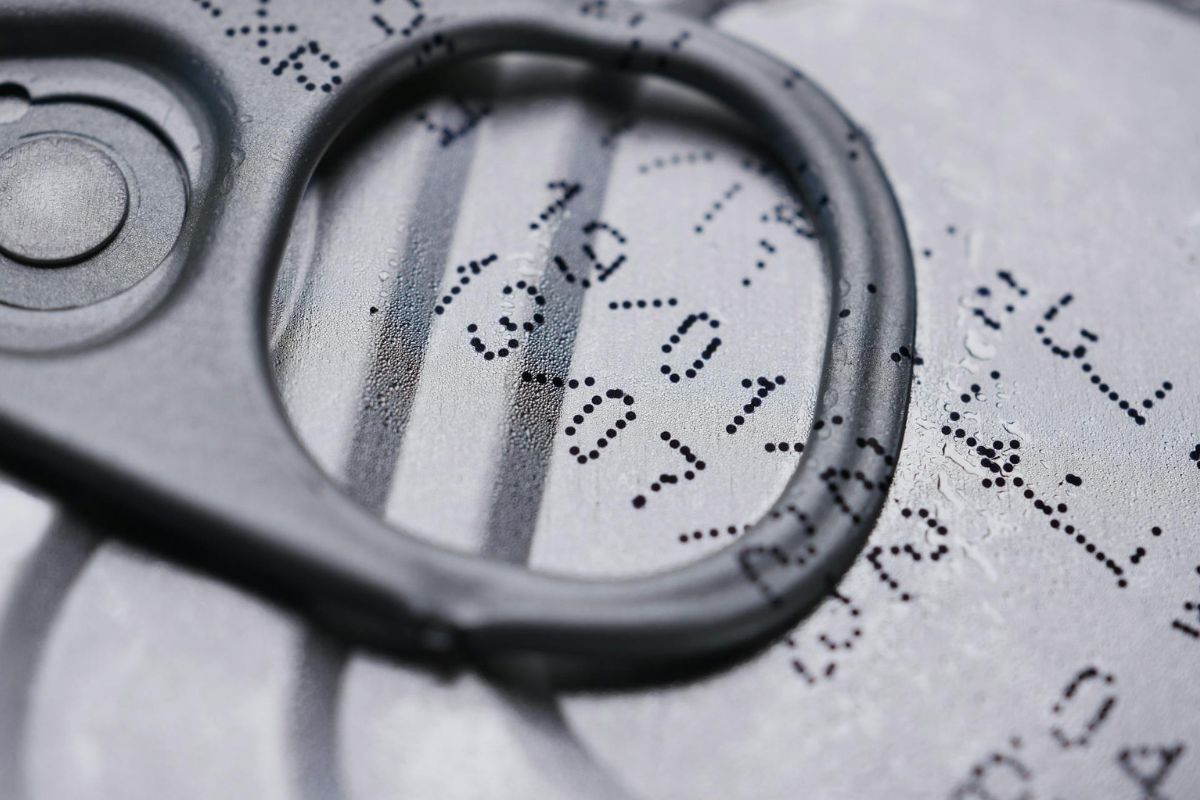
WANT TO SAVE THIS RECIPE?
We all have that jar of mustard or box of cereal sitting in the back of the pantry. While some items may last longer than expected, ignoring expiration dates—especially on perishable goods like dairy, meats, and condiments—can be dangerous.
Consuming expired food increases the risk of foodborne illnesses, which can be particularly severe for older adults. Regularly check your fridge and pantry. Use the “first in, first out” rule: older items get used before newer ones.
2. Skipping Proper Food Thawing Techniques
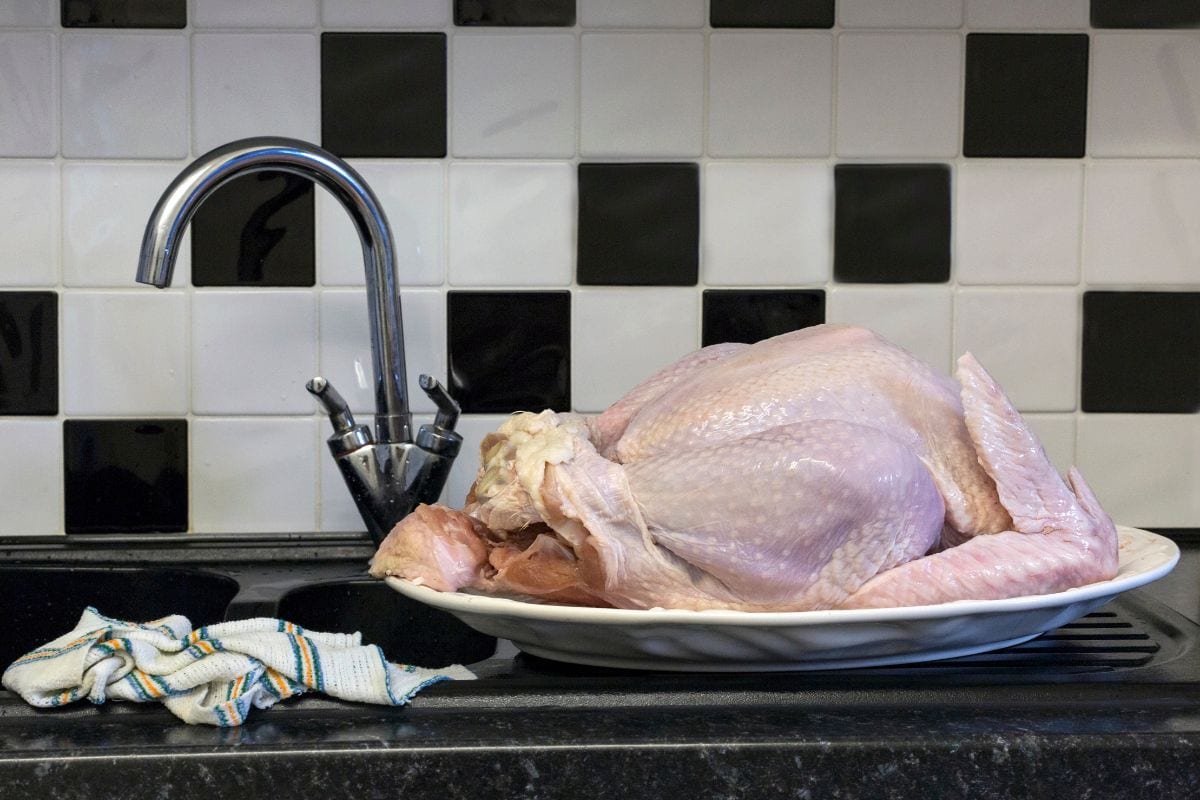
Thawing food on the countertop might seem quick and convenient, but it can be risky.
Room temperature allows bacteria to multiply rapidly, especially in the outer layers of the food while the inside remains frozen. Thaw food safely in the refrigerator, in cold water (changing the water every 30 minutes), or in the microwave if you plan to cook it immediately.
3. Using the Same Cutting Board for Everything
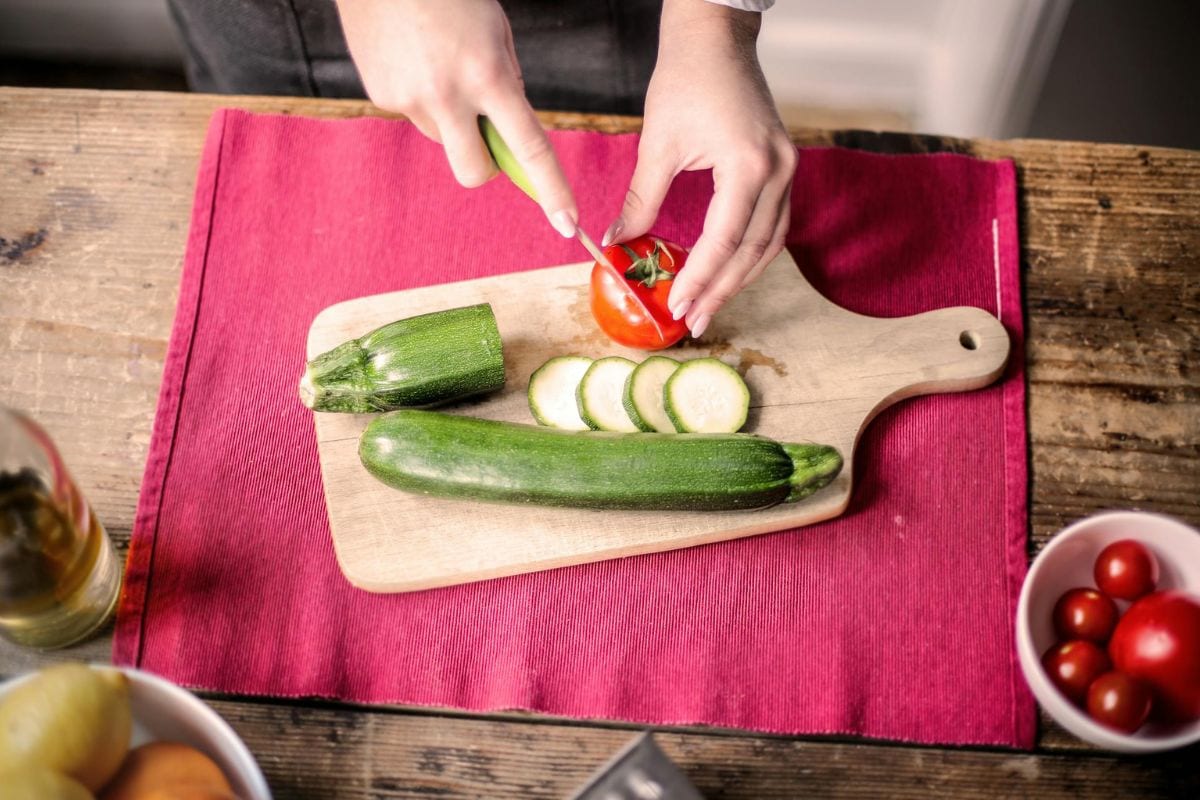
Are you still using the same cutting board for raw chicken, vegetables, and bread? That’s a major food safety no-no.
Cross-contamination can occur when bacteria from raw meat are transferred to other foods. Use separate cutting boards for meat, produce, and bread. Color-coded boards make it easier to stay organized.
4. Overcrowding the Pan
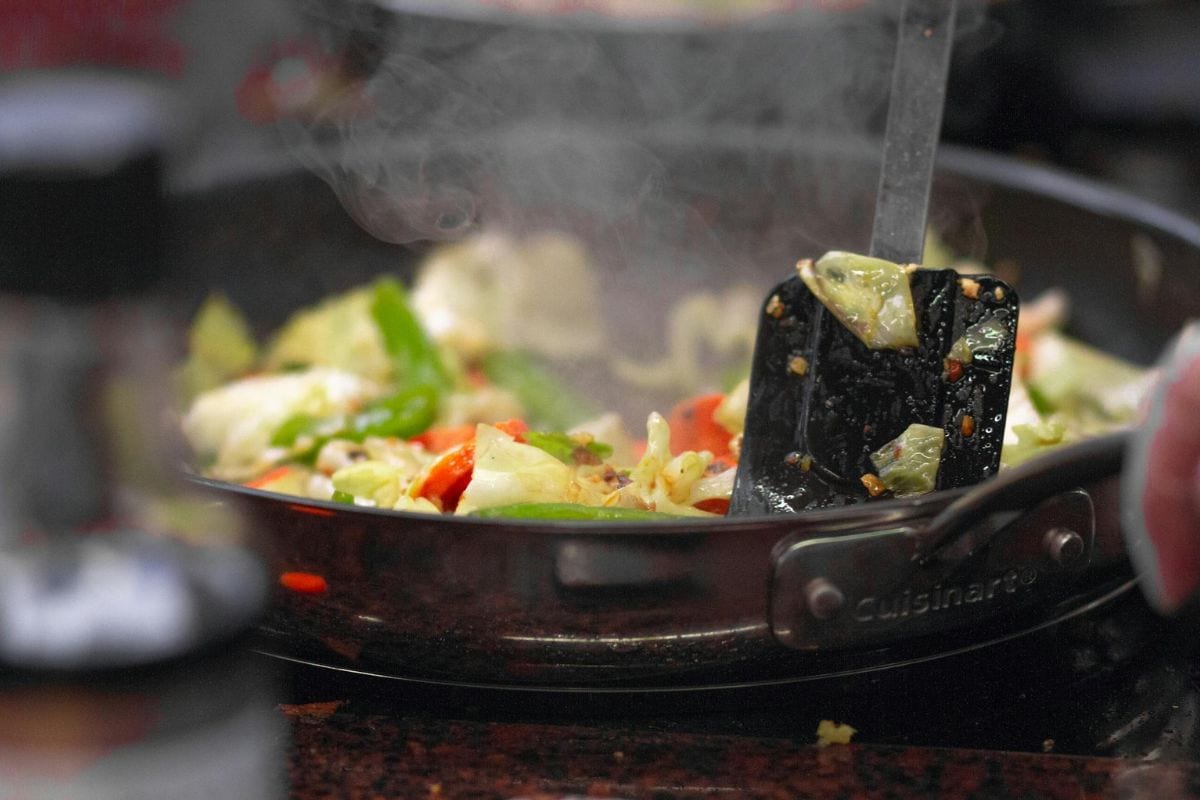
When you’re trying to save time, it’s tempting to throw everything into the pan at once. But overcrowding can backfire.
Overcrowding traps steam, causing food to steam instead of sear. This affects flavor and texture. Cook in batches, giving each piece of food enough space to develop a nice, flavorful crust.
Related Post: The 15 Worst Snacks Consumers Are Still Buying
5. Not Preheating the Pan
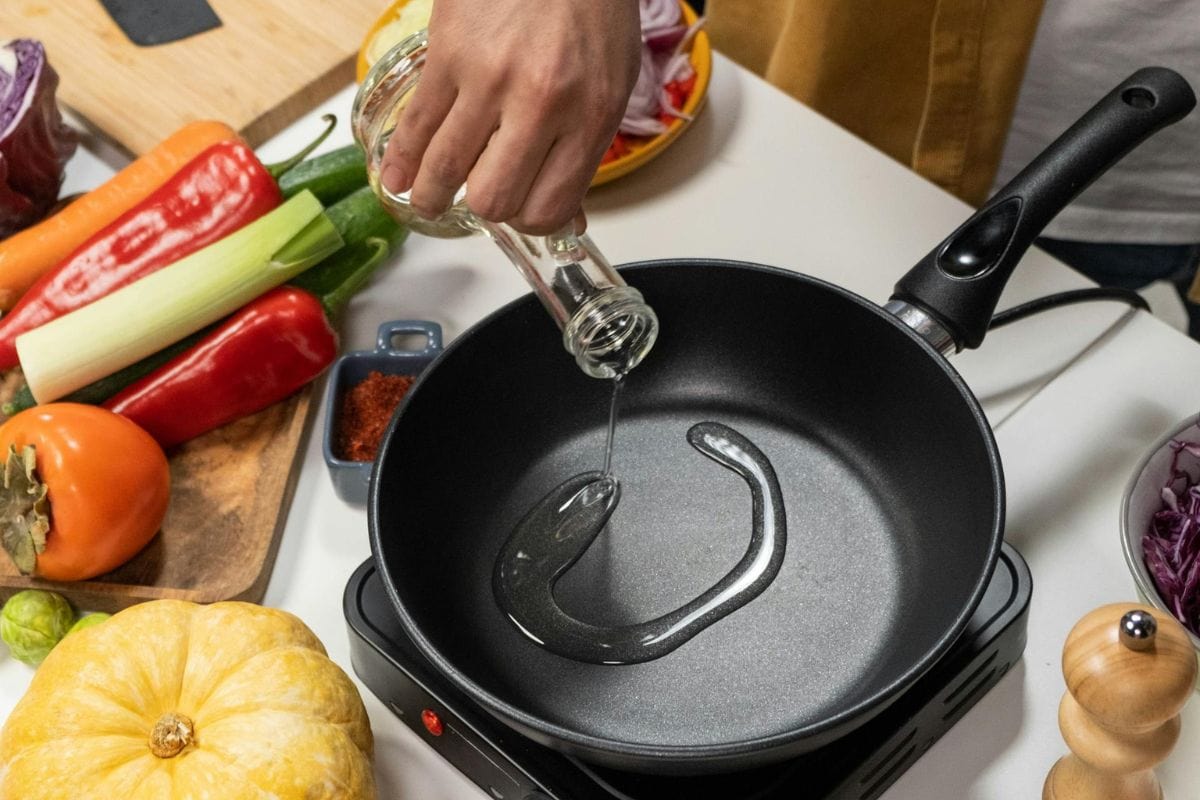
If you’re adding food to a cold pan, you’re missing out on essential flavors and proper texture.
Food can stick to cold pans, and you won’t get that beautiful sear that locks in juices. Allow your pan to heat up for a minute or two before adding oil or food. Test it with a drop of water—if it sizzles, it’s ready.
Sign up now to receive our exclusive e-cookbook filled with top-rated recipes for FREE!
6. Forgetting to Sharpen Knives
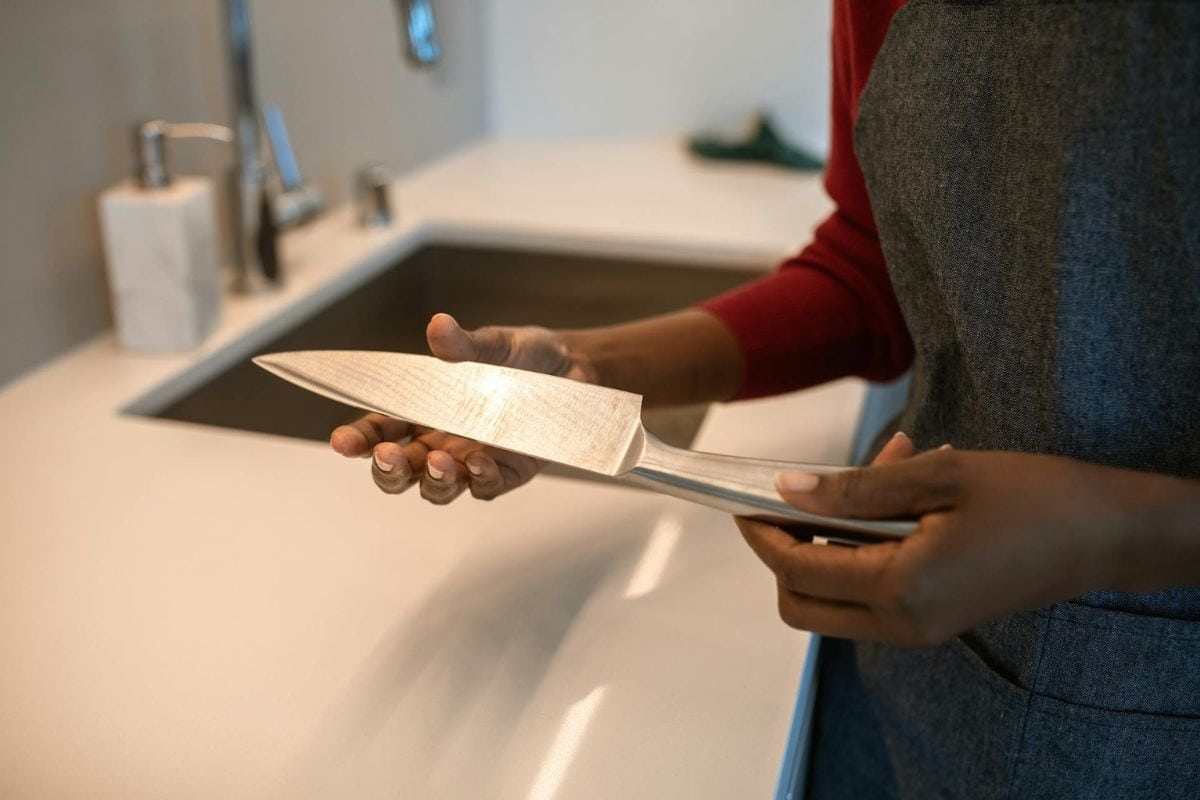
Using dull knives isn’t just frustrating; it’s dangerous.
Dull knives require more force, increasing the likelihood of slipping and causing accidental cuts. Regularly sharpen your knives or have them professionally serviced. A sharp knife is safer and more efficient.
Related Post: 15 Genius Ways to Add More Protein to Meals Without Breaking the Bank
7. Not Letting Meat Rest After Cooking
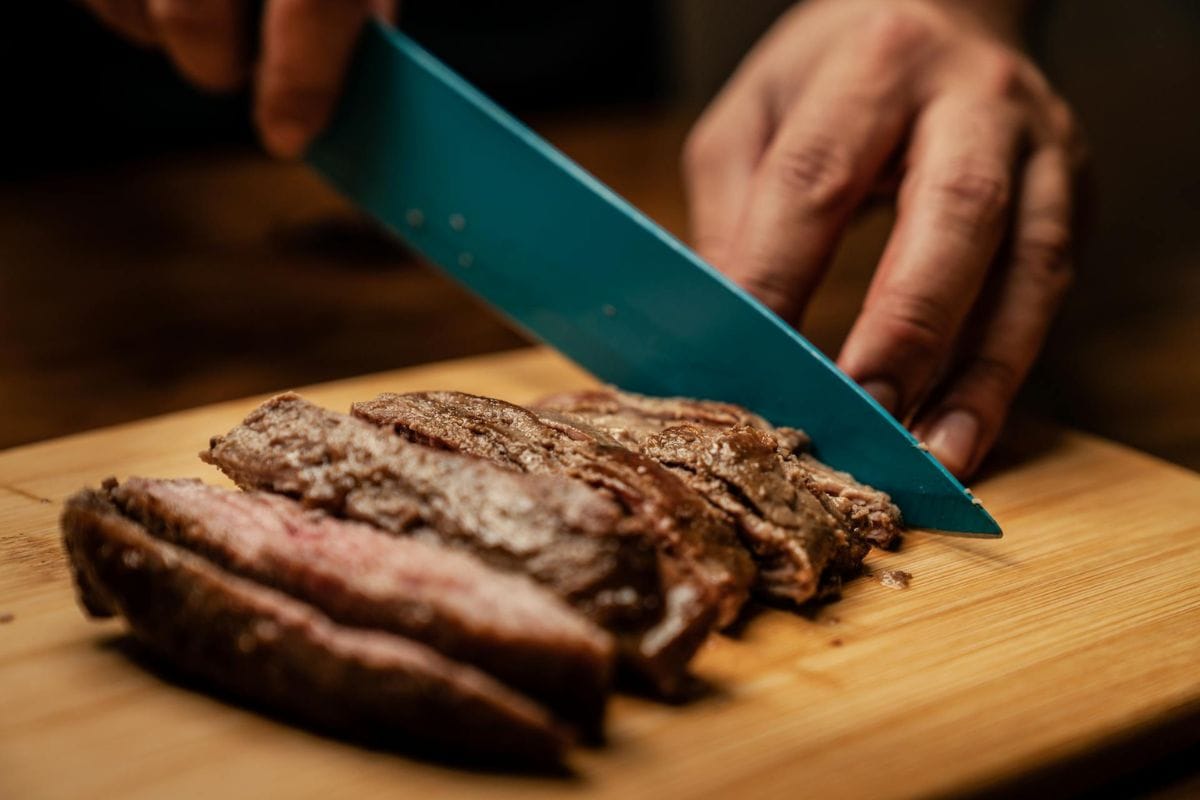
Cutting into a steak or roast immediately after cooking is a common mistake that drains all those flavorful juices.
The juices inside meat need time to redistribute. Cutting too soon causes them to spill out, leaving the meat dry. Let meat rest for at least 5–10 minutes after cooking to keep it juicy and flavorful.
Related Post: 12 Budget-Friendly Recipes That Stretch Your Grocery Dollar
8. Using Non-Stick Pans on High Heat
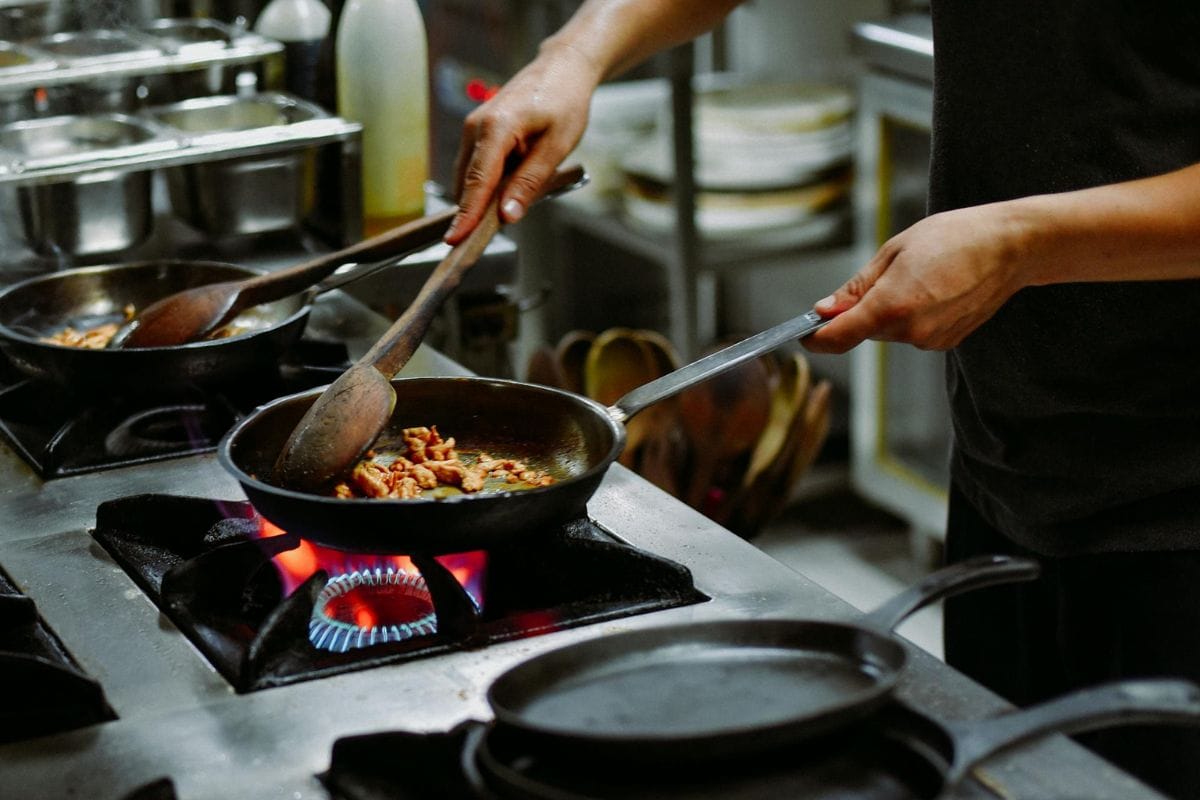
Non-stick pans are incredibly convenient, but they’re not designed for high-heat cooking.
High heat can damage the non-stick coating, releasing harmful fumes and degrading the pan quickly. Use non-stick pans for low to medium heat tasks like eggs or pancakes. For high-heat searing, switch to stainless steel or cast iron.
Related Post: 12 One-Pot Meals Perfect for Busy Retirees
9. Leaving Leftovers Out Too Long
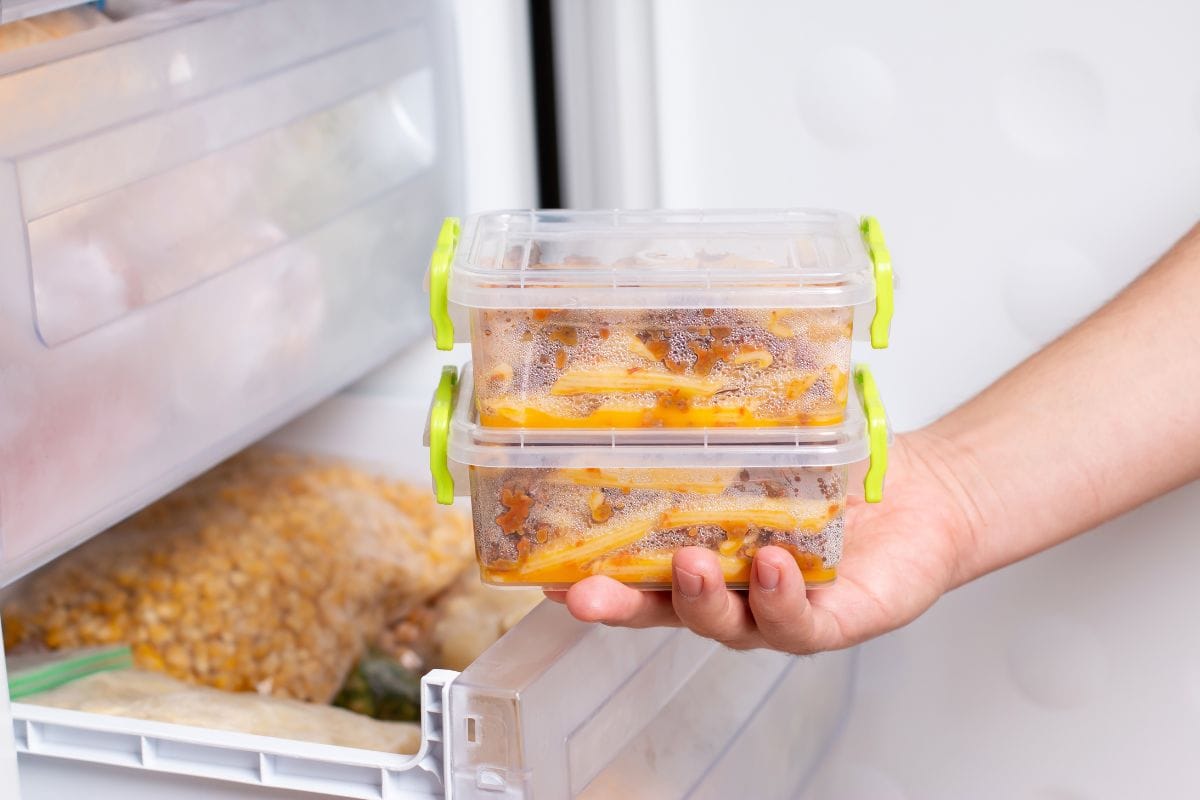
We’ve all done it—leaving food on the counter after dinner, thinking, “I’ll put it away later.”
Bacteria grow rapidly between 40°F and 140°F, doubling in as little as 20 minutes. Refrigerate leftovers within two hours of cooking. In hot weather, aim for within one hour.
Related Post: 25+ Leftover Shrimp Recipes for Revamping Your Dinner with Style
10. Tasting Food with the Same Spoon
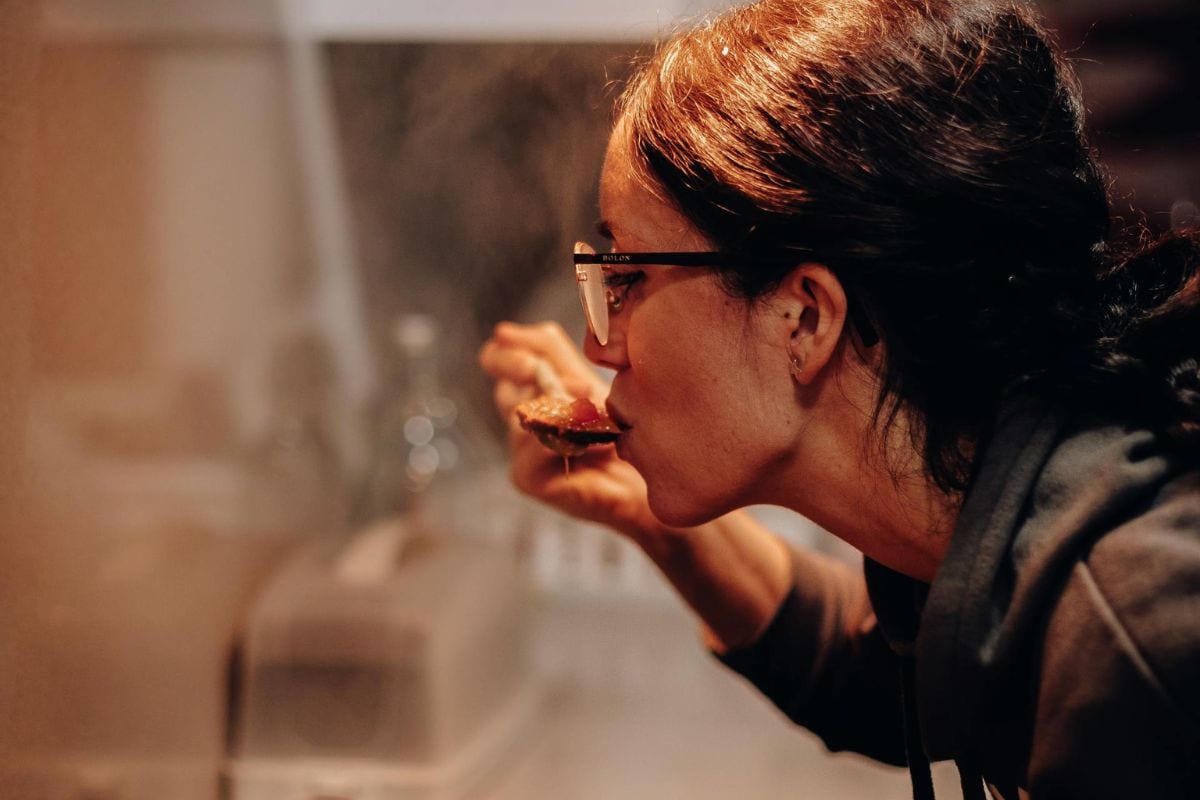
It’s convenient to taste and stir with the same spoon, but it’s also a bad habit.
This practice introduces bacteria from your mouth into the dish, increasing the risk of contamination. Keep a “tasting spoon” nearby or use disposable tasting spoons when checking your dish.
Sign up now to receive our exclusive e-cookbook filled with top-rated recipes for FREE!
11. Not Using a Food Thermometer
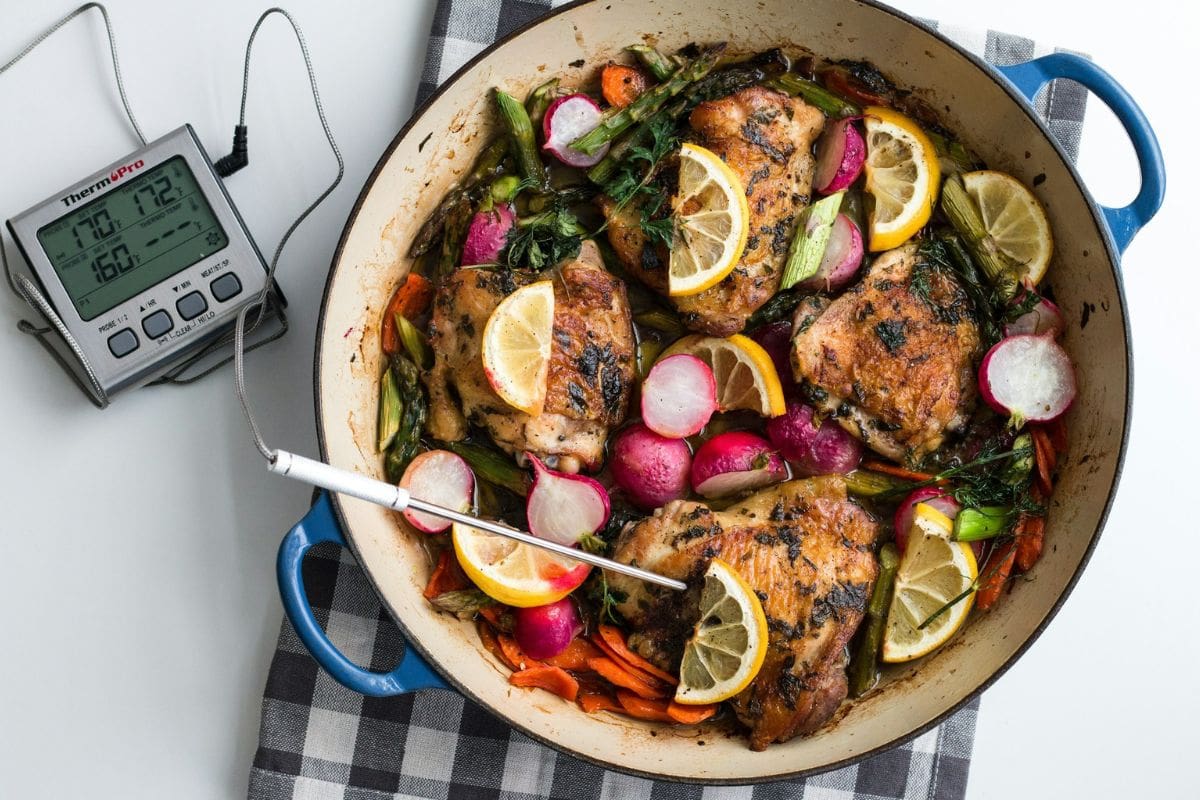
Guessing whether meat is “done” based on appearance or feel isn’t always accurate.
Undercooked meat can harbor harmful bacteria like salmonella and E. coli. Use a food thermometer to ensure your food reaches the right internal temperature. For example: Chicken: 165°F, Ground beef: 160°F, Fish: 145°F.
Related Post: 15 Unforgettable Leftover Mashed Potato Recipes
12. Storing Food Incorrectly
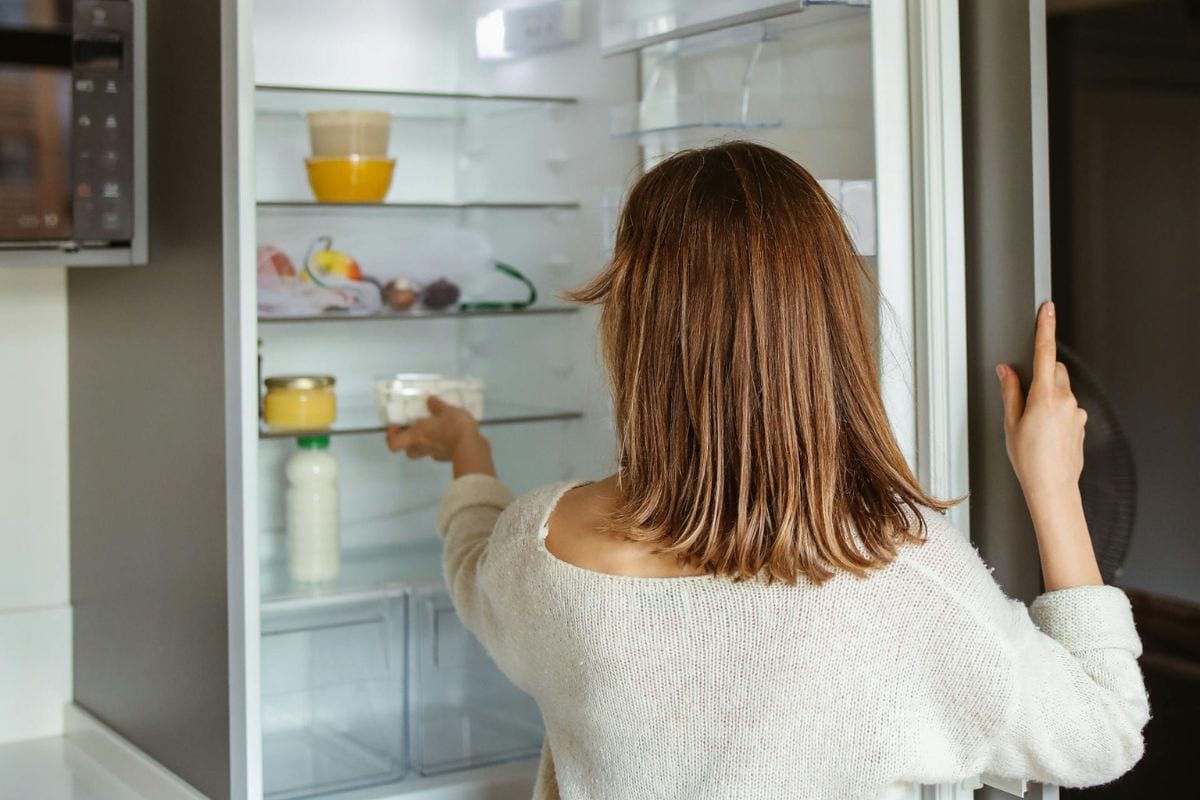
Keeping all your food in random spots without checking for proper storage can lead to spoilage and waste.
Improper storage affects freshness and increases the risk of foodborne illnesses. Store raw meat on the bottom shelf of the fridge (to avoid drips) and keep produce in designated drawers to maintain freshness longer.
Related Post: 25 Easy Potluck Ideas So Good You Won’t Have Leftovers
13. Neglecting to Clean Kitchen Appliances
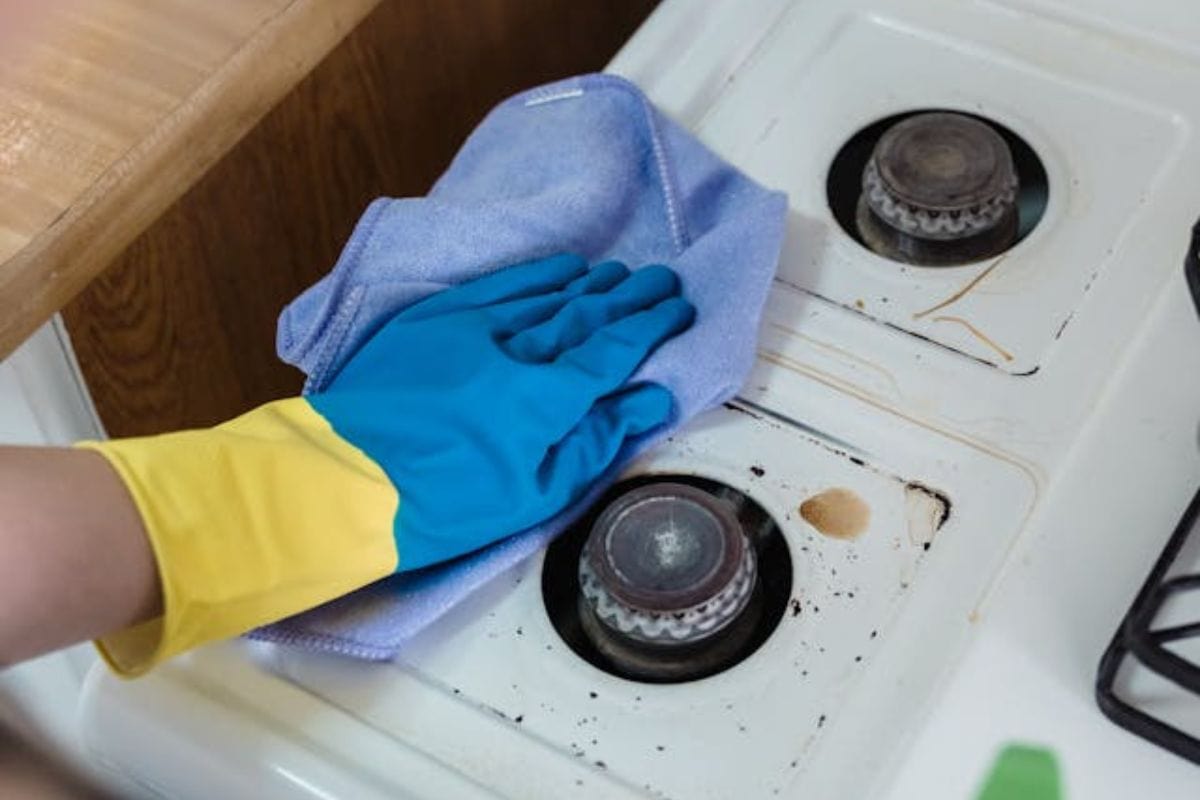
Your microwave, coffee maker, and refrigerator need regular cleaning, not just your dishes.
Appliance neglect can lead to mold, bacteria buildup, and even mechanical issues over time. Wipe down appliances weekly, deep-clean your fridge monthly, and descale your coffee maker as recommended.
Related Post: 25 Leftover Ham Recipes So Yummy, You’ll Wish You Had More Ham
Final Thoughts
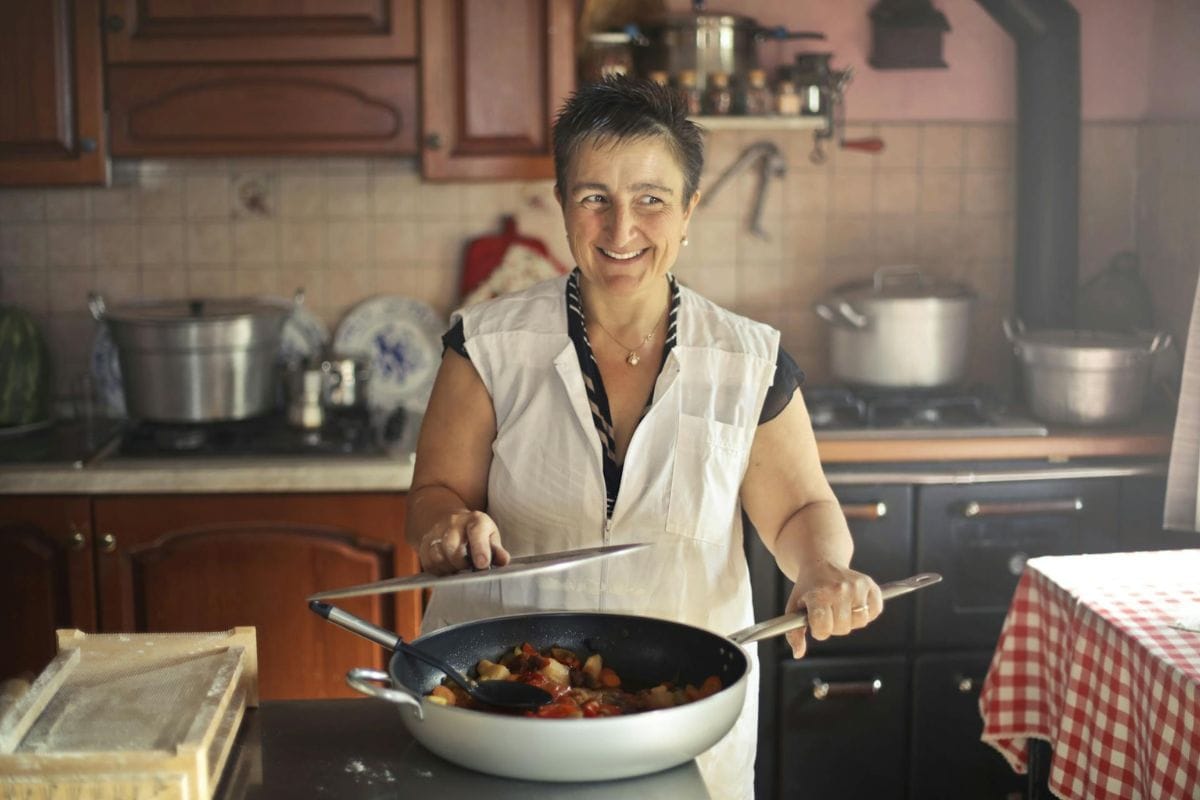
Cooking should be enjoyable, safe, and stress-free. By breaking these common kitchen habits, you’ll not only make meal prep more efficient but also reduce the risk of accidents and food-related illnesses.
It’s never too late to adopt better kitchen practices—whether you’re preparing a simple lunch or whipping up a feast for the family.
Disclaimer: This list is solely the author’s opinion based on research and publicly available information.
12 Budget-Friendly Recipes That Stretch Your Grocery Dollar
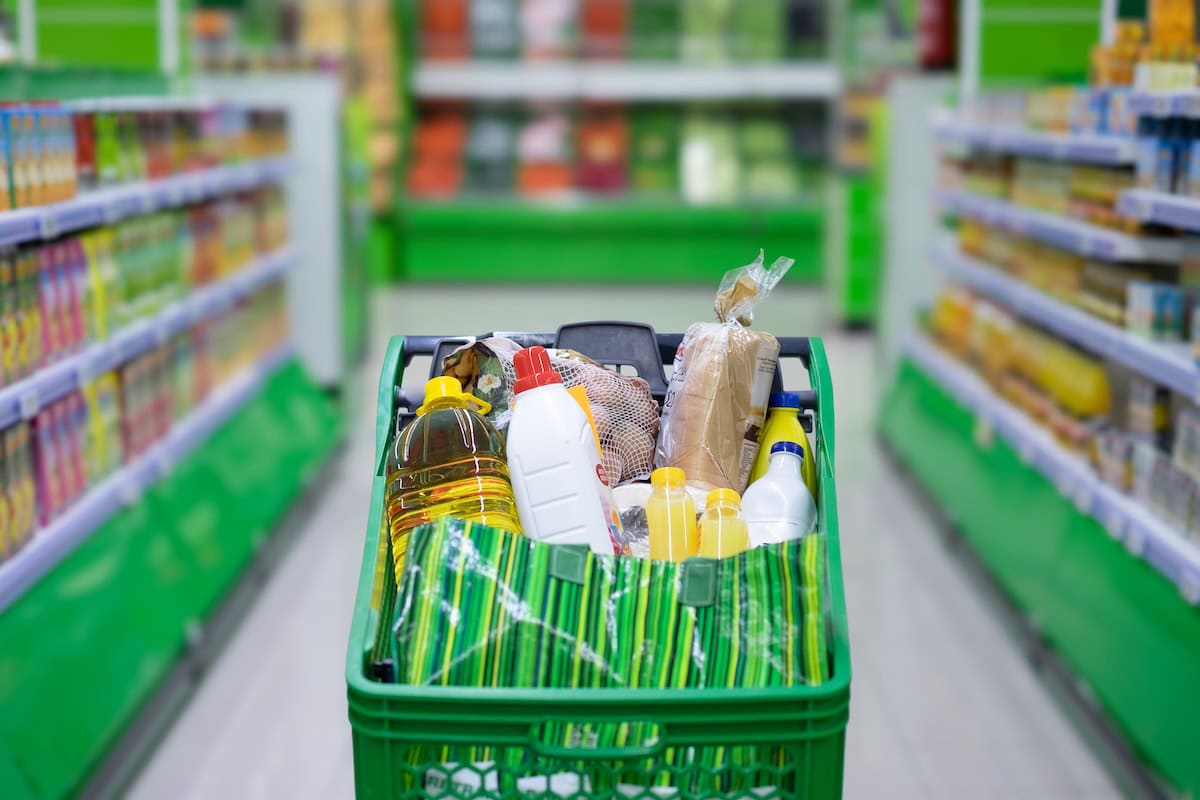
When it comes to saving money without sacrificing flavor, the key is finding recipes that maximize simple, affordable ingredients.
Whether you’re feeding a family, meal prepping for the week, or simply trying to keep your grocery bill in check, these budget-friendly recipes are here to inspire.
Read it here: 12 Budget-Friendly Recipes That Stretch Your Grocery Dollar
12 One-Pot Meals Perfect for Busy Retirees

Retirement brings the joy of time and freedom, but it also brings the challenge of keeping meals easy, delicious, and not too time-consuming.
Whether you’re cooking for yourself or sharing meals with family, these 12 one-pot meals will help keep the kitchen stress-free without compromising on flavor.
Read it here: 12 One-Pot Meals Perfect for Busy Retirees
Is Walmart+ Still Worth It in 2025? The Truth After 3 Years

Could you be missing out on major savings and life-changing convenience? After three years with Walmart+, I’m sharing the honest truth about what’s worth it—and what’s not. Don’t sign up (or skip out!) without reading this first!
Read it here: Is Walmart+ Worth It? Honest Review 3 Years Later!
You’ll love these related posts:
